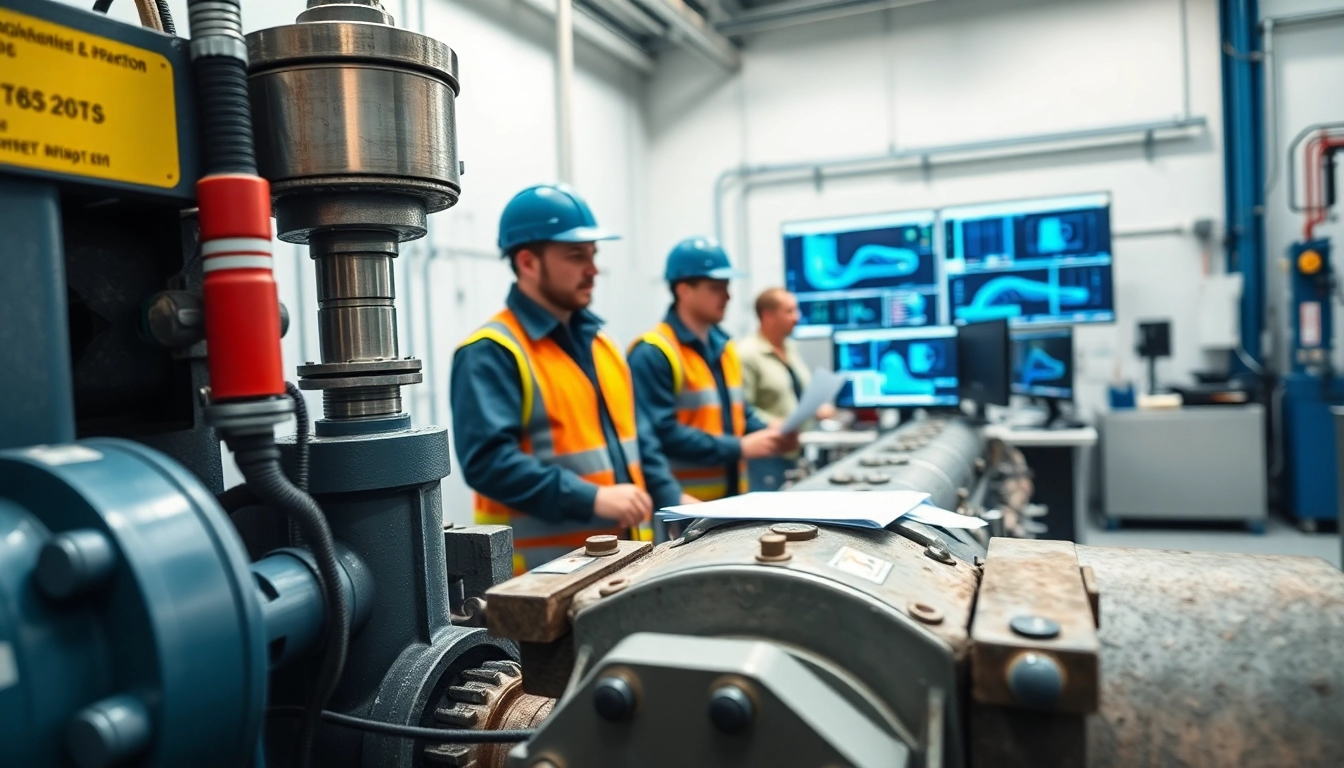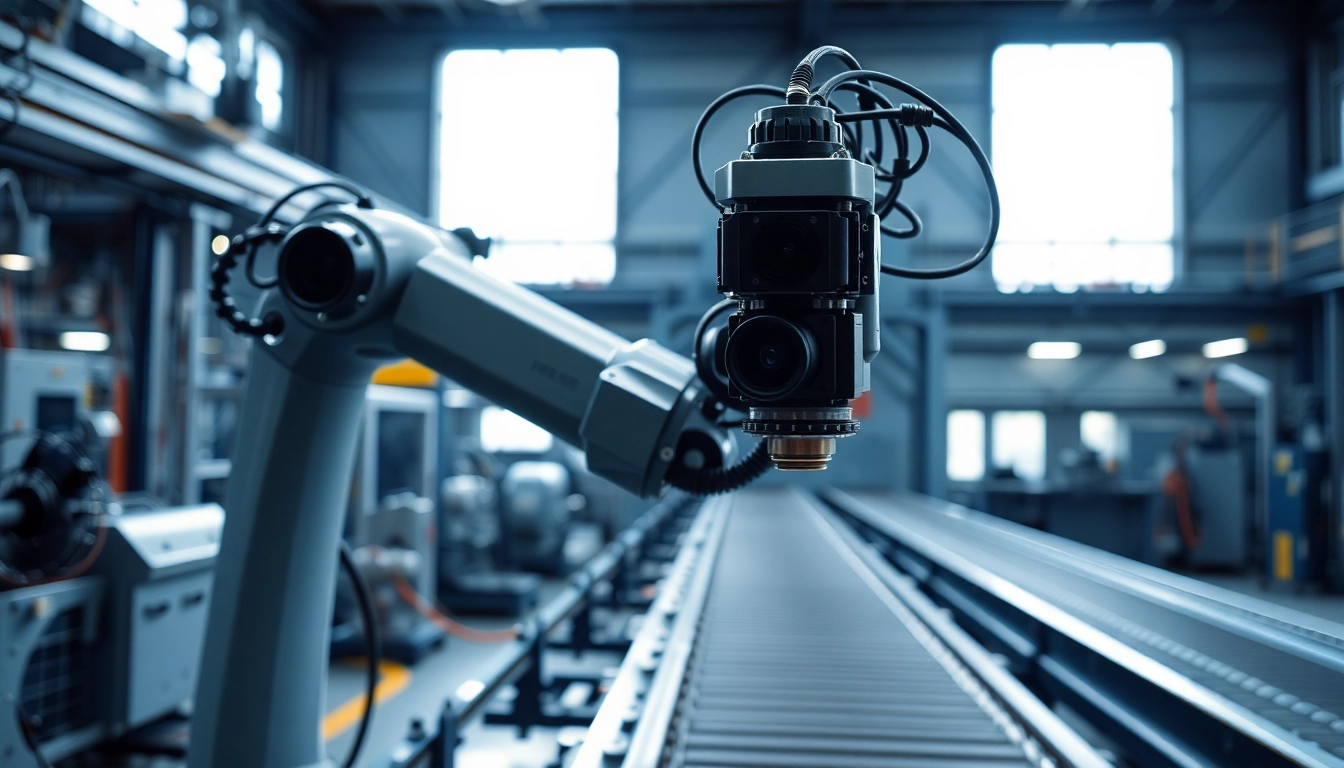Understanding Pipe Stress Analysis
What is Pipe Stress Analysis?
Pipe stress analysis is a crucial engineering discipline focused on evaluating and ensuring the integrity of pipe systems under various operational conditions. It involves comprehensive methods to assess how pipes react to different stresses due to environmental influences, internal fluid dynamics, and thermal fluctuations. Such analysis is particularly important as it identifies the potential failure points in piping systems, thereby aiding in the prevention of costly downtimes and safety hazards. A pipe stress Company typically conducts these analyses using specialized software and engineering principles to ensure that the infrastructure performs reliably throughout its lifespan.
Importance in Heavy Engineering
In heavy engineering projects, pipe stress analysis is paramount. It ensures that the strength and flexibility of the piping systems align with the operational demands placed upon them. The significance of this analysis cannot be understated in industries such as oil and gas, power generation, chemical processing, and water distribution. With the pressures and temperatures involved, potential failures can lead to catastrophic incidents, financial losses, and environmental damage. By proactively identifying and mitigating risks, companies can enhance safety and operational efficiency.
Common Applications
The scope of pipe stress analysis spans various applications including:
- Power Plants: Assessing pipe systems that transport steam, water, and chemicals at high temperatures and pressures.
- Oil & Gas Industries: Evaluating pipelines that carry fluids over long distances, often subjected to significant temperature variations.
- Chemical Plants: Analyzing the integrity of pipes that handle corrosive or reactive materials.
- Water Treatment Facilities: Ensuring that piping systems can withstand hydraulic pressures and thermal expansion.
Key Factors in Pipe Stress Management
Material Selection and Its Impact
The choice of materials for pipe construction has a profound effect on stress management. Different materials exhibit varied responses to stress factors such as temperature changes, pressure differentials, and corrosive environments. For instance, steel pipes offer high strength and durability, making them suitable for high-pressure applications. Conversely, plastic pipes might be chosen for lower pressure systems due to their lightweight and corrosion-resistant properties. Understanding the properties of materials and selecting the appropriate one ensures a more resilient piping system.
Temperature and Pressure Effects
Temperature and pressure are two integral components influencing pipe stress. As temperature fluctuates, materials expand and contract, which can create stresses if the piping system is not designed to accommodate these changes. Similarly, pressure exerted by fluids within the pipes can lead to additional stresses that need careful consideration in the analysis. Understanding these factors allows engineers to design systems that can handle extreme conditions without failure.
Regulatory Compliance and Standards
Compliance with industry standards is non-negotiable in pipe stress management. Regulations such as ASME (American Society of Mechanical Engineers), API (American Petroleum Institute), and ISO (International Organization for Standardization) set forth guidelines that ensure safety and performance. These standards advocate best practices for material selection, stress analysis methods, and construction techniques. Adhering to them not only protects public safety but also minimizes liability for companies involved in pipe installations.
Best Practices for Effective Pipe Stress Mitigation
Design Considerations
Effective pipe stress mitigation starts at the design stage. Engineers should incorporate flexibility in the design, allowing for expansion and contraction. This includes using expansion joints, flexible supports, and proper layout to minimize stress concentrations. Furthermore, performing a thorough initial analysis helps identify potential stress points before construction begins.
Utilizing Advanced Software Tools
Today’s advancements in technology have led to the development of sophisticated software tools specifically designed for pipe stress analysis. Programs such as CAEPIPE, AutoPIPE, and PIPE-FLO allow engineers to simulate real-world conditions effectively. Such tools facilitate accurate predictions of how systems behave under various operating conditions, enabling professionals to make informed decisions that enhance performance and safety.
Collaboration with Engineering Teams
Collaborative efforts between different engineering disciplines—such as structural, mechanical, and civil engineers—are vital for successful pipe stress management. Regular communication during project phases ensures that all aspects of piping systems are considered. This teamwork is beneficial in identifying potential issues early in the design process, reducing the risk of costly modifications during construction or later operations.
Case Studies: Successful Pipe Stress Solutions
Industry-Specific Examples
Many industries have showcased the importance of effective pipe stress analysis through successful implementations. For instance, in a recent project in the oil and gas sector, a well-known company utilized state-of-the-art modeling techniques to redesign their pipeline systems. This led to a reduction in operational failures by 30%, illustrating the tangible benefits of comprehensive pipe stress analysis.
Metrics of Success
Measuring the success of pipe stress management strategies can be done through various metrics, including:
- Reduction of Failures: Tracking the number of failure incidents before and after pipe stress analysis implementation.
- Operational Downtime: Analyzing changes in downtime hours resulting from improved stress management.
- Maintenance Costs: Evaluating the impact of proactive measures on maintenance expenditures over time.
Lessons Learned and Recommendations
From numerous case studies, several lessons have emerged that can guide future projects. Firstly, investing in advanced analysis tools pays off by providing invaluable insights. Secondly, regular training for engineers on current standards and software ensures that teams stay competent and up to date. Lastly, implementing a feedback loop allows for continuous improvement and adaptation of strategies based on real-world performance.
Future Trends in Pipe Stress Engineering
Emerging Technologies
The field of pipe stress engineering is on the cusp of significant advancements. Emerging technologies such as machine learning and artificial intelligence are increasingly being integrated into analysis processes. These innovations promise enhanced predictive capabilities, leading to more informed decisions and reduced risks associated with pipe stress.
Impact of Sustainability Practices
As industries move toward more sustainable practices, the focus on eco-friendly materials and energy-efficient operations is becoming more pronounced. This shift opens new avenues in pipe stress management, encouraging the use of materials that minimize environmental impact while maintaining performance standards. Additionally, efficient design and operational practices can reduce energy consumption, further promoting sustainability.
Predictions for Industry Growth
Looking ahead, the pipe stress analysis sector is poised for growth, driven by increasing infrastructure demands and regulatory pressures for safer operations. As companies invest in innovative technologies and solutions to enhance performance, we can expect to see continual advancements, such as real-time monitoring systems and predictive maintenance frameworks that ensure optimal pipe functionality.



